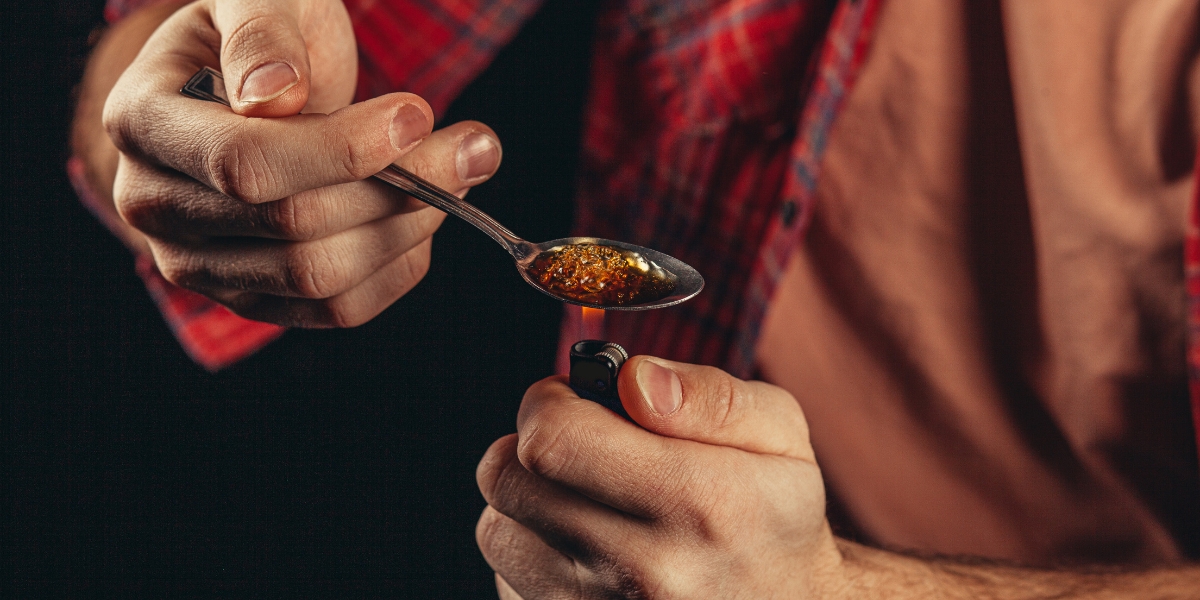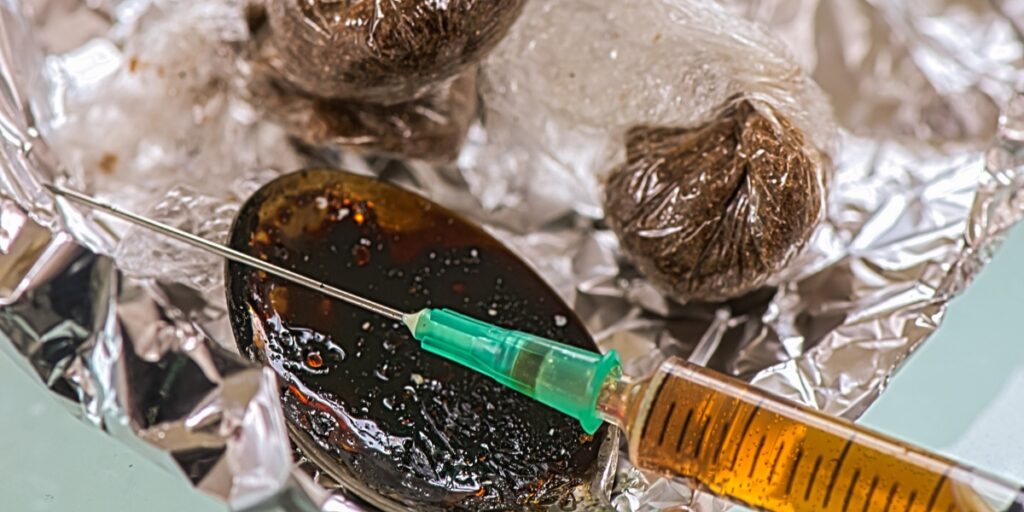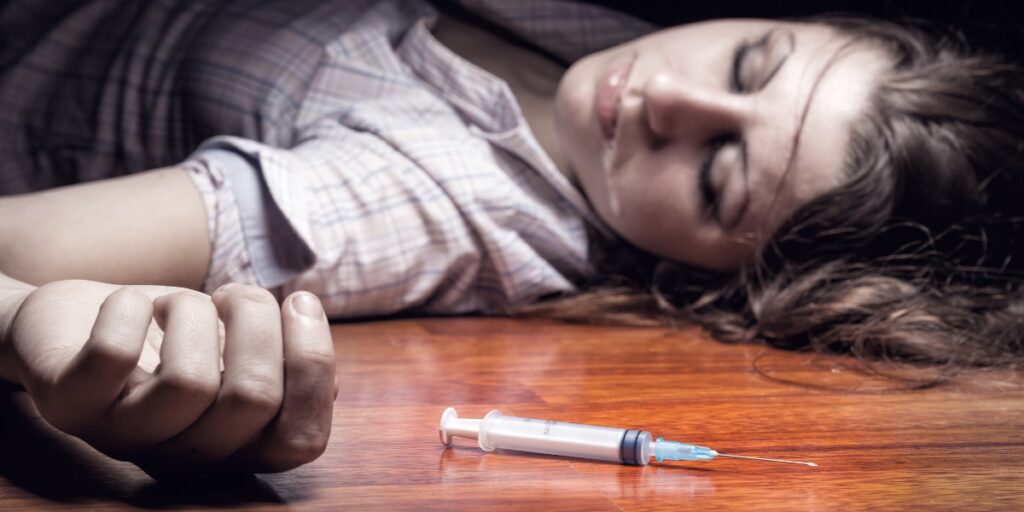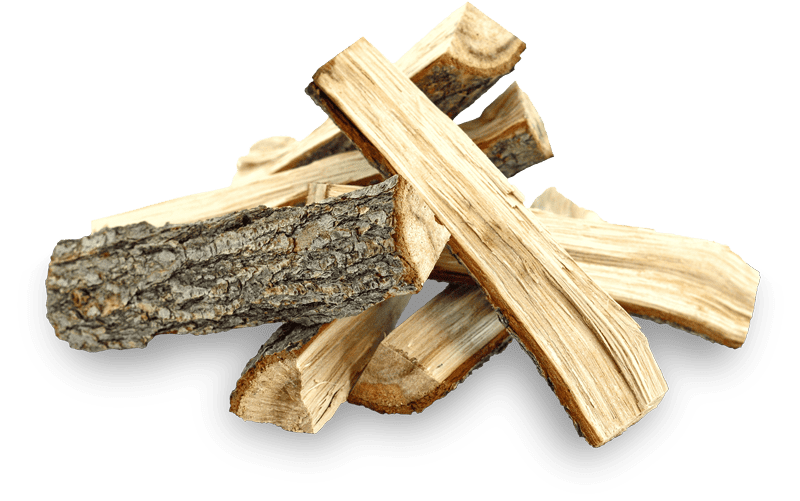Black Tar Heroin


Medical Writer:
Reviewer:

Johnny Kim
Executive Psychotherapist
Medical Writer:
Reviewer:

Johnny Kim
Executive Psychotherapist
As heroin addiction rates continue to rise throughout the United States, black tar heroin is becoming more widespread and accepted among heroin users. It may be less pure and uglier looking than traditional powdered heroin, but it is equally as potent, addictive, and lethal. Because of its low price and accessibility, the effects of black tar heroin and overdoses continue to contribute to the opioid public health crisis.
Table of Contents
Toggle
What Is Black Tar Heroin and How Is it Different?
Black tar heroin, sometimes known simply as black tar or dirty heroin, is crudely processed with other substances and impurities used to cut it, contributing to its color and consistency. Slang names include:
- Tar
- Mexican mud
- Black tar
- Black
- Dirty heroin
- Black dragon
- Black pearl
- Monkey water
Although, despite its impurities and different appearance, black tar heroin is equally as addictive and dangerous as the more well-known, powdered form of heroin. In the United States, all heroin is a schedule I controlled substance, but the primary differences between black tar heroin and white, powdered heroin include:
Where It Comes From
Black tar heroin is predominantly produced in Mexico, Columbia, and other South American regions. Regular, powdered heroin comes from Southwest Asia, largely Afghanistan and Pakistan. Because of world politics and instability caused by regime changes, overseas sources of heroin can be unstable and affect the supply and cost of traditional heroin.
Additionally, heroin from different continents is moved in large quantities, making it easier for law enforcement agencies to find and seize. Illegally importing black tar heroin by land to closer locations and smaller amounts, if needed, keeps the supply constant and costs down.
Cost and Availability
Black tar heroin takes less time, money, and effort to produce any powdered heroin. Additionally, any cutting agents easily blend into the color and texture, meaning dealers can use anything to bulk up the batches.
White heroin needs a more in-depth and time-consuming refinement process; dealers have to use cutting agents like powdered forms of fentanyl or powdered milk that match the color and consistency of the heroin. These factors, combined with their place of origin, make black tar heroin cheaper and more consistently available.
Appearance
Black tar heroin is an amber-brownish orange, dark brown, or black color and has the consistency of tar or chewing gum. Occasionally black tar batches will be hard and look like brittle, small chunks of coal or graphite.
Powdered heroin comes in a white, off-white, or brown powdered consistency that is very fine, similar to baby powder or table salt, depending on the batch.
How It Is Ingested
Black tar heroin is smoked or injected, never snorted. Its consistency and acidity make it impossible to snort; even smoking some batches of black tar can be challenging and immediately damage soft tissue in the mouth and lungs.
Powdered heroin is injected, snorted, or smoked. Regular heroin’s dry, fine consistency makes it easy to be smoked or snorted; others dissolve it in water to inject.
Regardless of their differences, black tar heroin and traditional powdered heroin have critical things in common: how addictive, potent, and dangerous they are.

What Color Is Heroin?
Black tar heroin is often a dark color, typically brown to black but can be as light as an orangeish-brown. Its color comes from the rudimentary process used to produce it and the cutting agents added to maximize the product. Solid forms of black tar heroin are the same color as burnt charcoal or pencil lead.
Powdered heroin is generally shades of white because the refining process is more thorough, and the cutting agents are similar in color. Brown heroin does exist and is typically the color of brown sugar or sand, but it is rare and unpopular because it is less potent and considered the most impure type of heroin on the market.
How Is It Used?
Black tar heroin users primarily inject it. Injecting black tar heroin requires water, something to heat the mixture on, needles, and something to “tie off” the are with to make the veins accessible. Many people share their drug paraphernalia, increasing the risk of bacterial infections and contagious diseases.
Black tar heroin users can smoke it, but depending on the batch, the burning effects from its acidity and the smell can be too overwhelming. People typically heat the heroin on a piece of foil with a lighter and use a straw, tube, or rolled-up paper to inhale the fumes.
Effects of Black Tar Heroin
The effects of black tar heroin are the same as powdered white or brown heroin. Once this form of heroin enters the system, it binds to the opioid receptors in the brain, causing intense euphoria and sedation. The effects vary based on the batch and the heroin user’s tolerance, physical health, and co-occurring disorders.
Common black tar heroin effects include:
- Contentment
- Relaxation
- Drowsiness
- Nodding off
- Limbs feel heavy or weighted down
- Slurred speech
- Drooling
- Nausea
- Vomiting
- Abdominal cramping
- Confusion
- Dry mouth
- Slowed breathing
- Chills
- Itching
- Loss of coordination
- Irregular heart rate
- Low blood pressure
- Drop in body temperature

Health Risks
Black tar heroin has immediate and long-term health risks, and each method of ingestion carries additional risks. Black tar heroin’s sticky and clumpy texture can cause problems for injection users, and smoking can cause lung and soft tissue damage.
Health risks of black tar heroin include:
- Extreme weight loss
- Malnutrition
- Injection site abscesses
- Collapsed veins
- Blood clots
- Bacterial infections
- Botulism, a bacterial infection unique to black dar heroin
- Lung damage
- Kidney damage
- Soft tissue damage in the mouth, nose, and throat
- Stomach ulcers
- Post-acute withdrawal syndrome
- Hepatitis
- HIV
- Necrotizing fasciitis
- Coma
- Overdose
People struggling with opioid use disorder almost always require professional heroin addiction treatment. The sooner the addiction is addressed, the risk of long-term health effects and overdoses decreases. Because lifestyles and external factors contribute to the cycle of substance abuse, most people find residential treatment the most beneficial.
Heroin Overdose
Heroin overdoses continue to rise in the United States as many people resort to heroin to satisfy their opioid addiction without fully understanding how potent it can be. People mistakenly believe that black tar heroin is less powerful than powdered heroin, leading to increased overdoses, many of them accidental.
At first, the symptoms of a heroin overdose can seem like the desired effects of heroin, but they can quickly escalate to a life-threatening situation. Symptoms of a heroin overdose include:
- Unresponsive to attempts to wake them
- Cold, clammy skin
- Drooling, foaming at the mouth, or vomiting
- Weak or shallow breathing
- Hard to detect pulse
- Twitching
- Small pupils
- Eyes rolling back
- Drooping head and limbs
- Blueish lips and fingers
- Loss of bladder and bowel control
Call 911 immediately if you believe someone is overdosing. All types of heroin respond to the life-saving drug Narcan (naloxone), which can buy time until emergency help arrives.

Black Tar Heroin Addiction Treatment in Northridge, California
Without treatment, heroin addiction doesn’t get better. If you or a loved one is struggling with heroin abuse and other substance use disorders, a better way of living is possible.
At White Oak Recovery Center, we specialize in identifying and treating addiction’s emotional, mental, and underlying physical causes by personalizing each patient’s treatment plan to meet their unique needs and challenges.
Our residential treatment facility offers onsite medical detox to get you through withdrawal safely in nurturing and supportive care. We only use evidence-based therapies with licensed addiction specialists to help you learn new habits, strategies, and coping skills to adopt a new way of living in life-long recovery.
Take the first step to overcoming your addiction, and contact us to speak with one of our compassionate treatment specialists. We can help you live a fulfilled life rooted in recovery.

Am I covered for addiction treatment?
Your insurance may cover treatment. Call now for an entirely free and confidential assessment. Recovery starts with a phone call.

- “Heroin.” United States Drug Enforcement Administration, May 2020.
- “What is Heroin and How is it Used?.” National Institute on Drug Abuse, Apr. 2021.
- “Texas Drug Threat Assessment.” National Drug Intelligence Center, Oct. 2003.
- Mars, Sarah, et al. “The Textures of Heroin: User Perspectives on Black Tar and Powdered Heroin in Two US Cities.” Health and Human Services Access, Apr. 2016.
- Houghland, S.M. “Chasing the Black Dragon.” United States Department of Justice, Nov. 1992.
- Ciccarone, Daniel. “Heroin in Brown, Black, and White: Structural Factors and Medical Consequences in the US Heroin Market.” The International Journal on Drug Policy, vol. 20, May 2009.
Medical Disclaimer:







